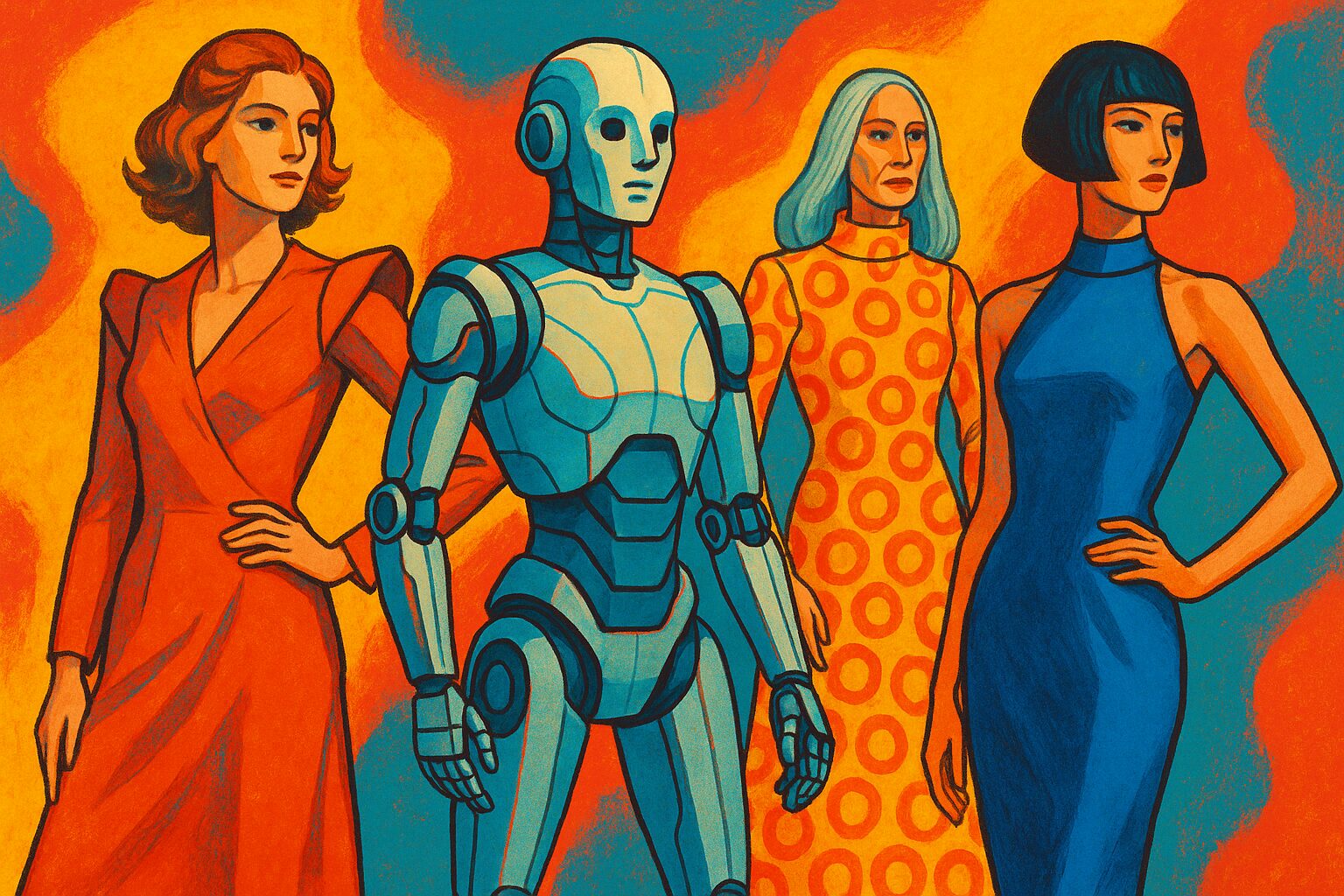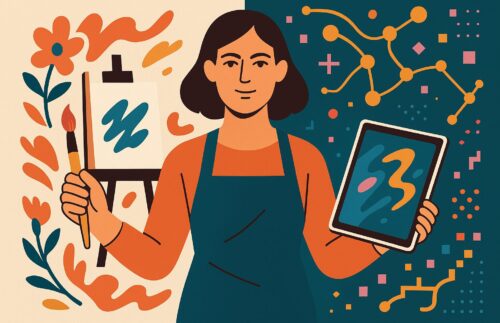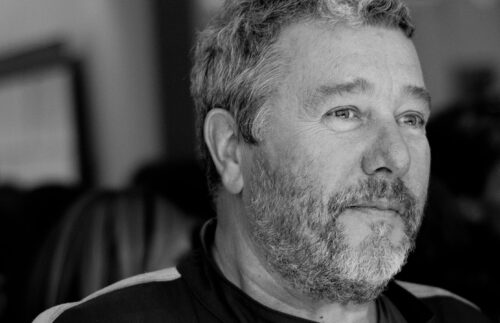A New Era of Creative Transformation
Something extraordinary is happening.
Not just in fashion, not just in tech—but across all creative disciplines.
Recently, I read about legendary fashion designer Norma Kamali embracing artificial intelligence to reimagine her legacy, archive, and creative direction. Her story felt so familiar. Why? Because I, too, am an artist whose world has been completely transformed by AI. And like Kamali, I’m not just adapting—I’m innovating.
As a muralist, installation artist, and single mother trying to break new ground in the art world, I’ve discovered that AI isn’t just a tool. It’s a lifeline. A platform. A portal to opportunities I never thought possible.
Who Is Norma Kamali—and Why She Matters in the AI Conversation
If you’ve ever worn a sleeping bag coat or seen metallic swimsuits in pop culture, chances are you’ve already met Norma Kamali’s work. With over five decades in the fashion industry, Kamali is famous for her bold experimentation with form, function, and femininity.
But what blew me away was her recent decision to study AI at MIT—in her late 70s! Instead of retreating from new tech, she dove in headfirst. With the help of machine learning experts, she trained a custom AI model on her personal archive, allowing it to remix decades of her work into new, futuristic concepts.
She sees AI not as competition but as a creative partner—one that allows her to explore her imagination in ways she never could before.
This isn’t about staying relevant. It’s about expanding possibility.
My AI Journey: From Brushstrokes to Algorithms
When I began my career as a traditional painter and muralist, everything was tangible: sketchbooks, pigment, hours on scaffolding. The canvas was sacred. But I also often felt limited by time, space, and budget.
Enter AI.
My first experiments with generative tools like Runway ML and Stable Diffusion opened up a playground of endless inspiration. Suddenly, I wasn’t just painting a flower—I was training algorithms to bloom entire worlds from my visual style. I started using AI to design interactive installations, emotion-responsive artworks, and even AI-enhanced portraits of children as fairies, cyborgs, and underwater creatures.
For the first time in years, I felt freedom.
Freedom to work faster.
Freedom to dream bigger.
Freedom to express concepts that had previously lived only in my imagination.
AI as the Great Equalizer for Women Artists
Like Kamali, I’ve had to be resourceful. As a single mother, every hour and every dollar counts. AI has leveled the playing field in so many ways:
Accessibility: I don’t need a massive studio to create something extraordinary. I need my laptop, the right tools, and my vision.
Autonomy: I can prototype full exhibitions, pitch digital concepts, and generate artworks without waiting for gatekeepers.
Income Potential: From AI-based commissions to museum installations and NFTs, I’ve found new revenue streams that are flexible and scalable.
I’m not just creating work—I’m redefining how I work.
Creative Control Meets Algorithmic Serendipity
What Kamali and I share most is this: we collaborate with AI rather than fear it.
Kamali welcomes AI “hallucinations”—those beautiful glitches and oddities that emerge from generative tools—as aesthetic opportunities. In my work, I’ve done the same. I let the machine surprise me, then shape that surprise into something human, emotional, and deeply personal.
Whether I’m designing interactive flowers that bloom in response to voice tone or visualizing EEG data into abstract universes, AI acts as a mirror and a muse. It reflects my sensibility while also stretching it into the unknown.
And just like Kamali, I’m not trying to replace myself—I’m just evolving.
Reimagining Archives, Just Like Kamali
Norma Kamali is using AI to reanimate her fashion archive. That made me think—what would it mean to train an AI on my own life’s work? My murals, my sketches, my interactive installations?
This is something I’m actively exploring now: building an AI visual language based on years of artistic output. An archive that doesn’t just store—but creates.
Imagine a model that knows the emotional textures of your brushwork, the symbology in your dreams, the colors you use when you’re grieving or in love. That’s where I’m going—and that’s where AI takes us.
What’s Next: From Museums to the Metaverse
My practice is shifting.
Not away from painting, but beyond it.
AI allows me to build interactive museum pieces that respond to viewers’ emotions. I’m developing installations where children take selfies that become AI-enhanced fantasy portraits. I’m working with neuroscientists to turn brainwaves into visual worlds. I’m building a library of mythological monsters. All of this started with curiosity—and AI.
I don’t see a divide between physical and digital anymore. My goal is to create experiences that live between dimensions, where the viewer is no longer passive but fully immersed.
This is the future—and AI is the bridge.
Final Thoughts: We Are Not Too Late. We Are Right on Time.
If you’re an artist wondering whether it’s too late to dive into AI, let me say this: it’s never too late to evolve.
Norma Kamali is doing it at 78.
I’m doing it as a working mother with a muralist’s soul and a tech-hungry spirit.
AI isn’t about erasing what we’ve learned. It’s about enhancing it. Amplifying our voices. Giving us new mediums, new methods, and—most importantly—new power.
Art is still about emotion. Still about connection.
But with AI, the canvas is infinite.








